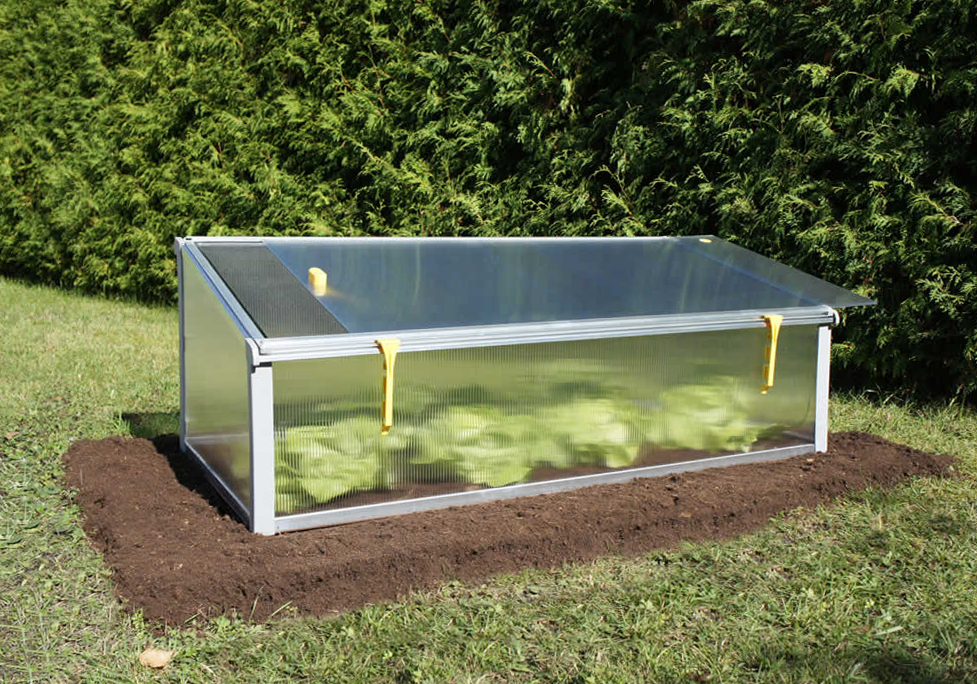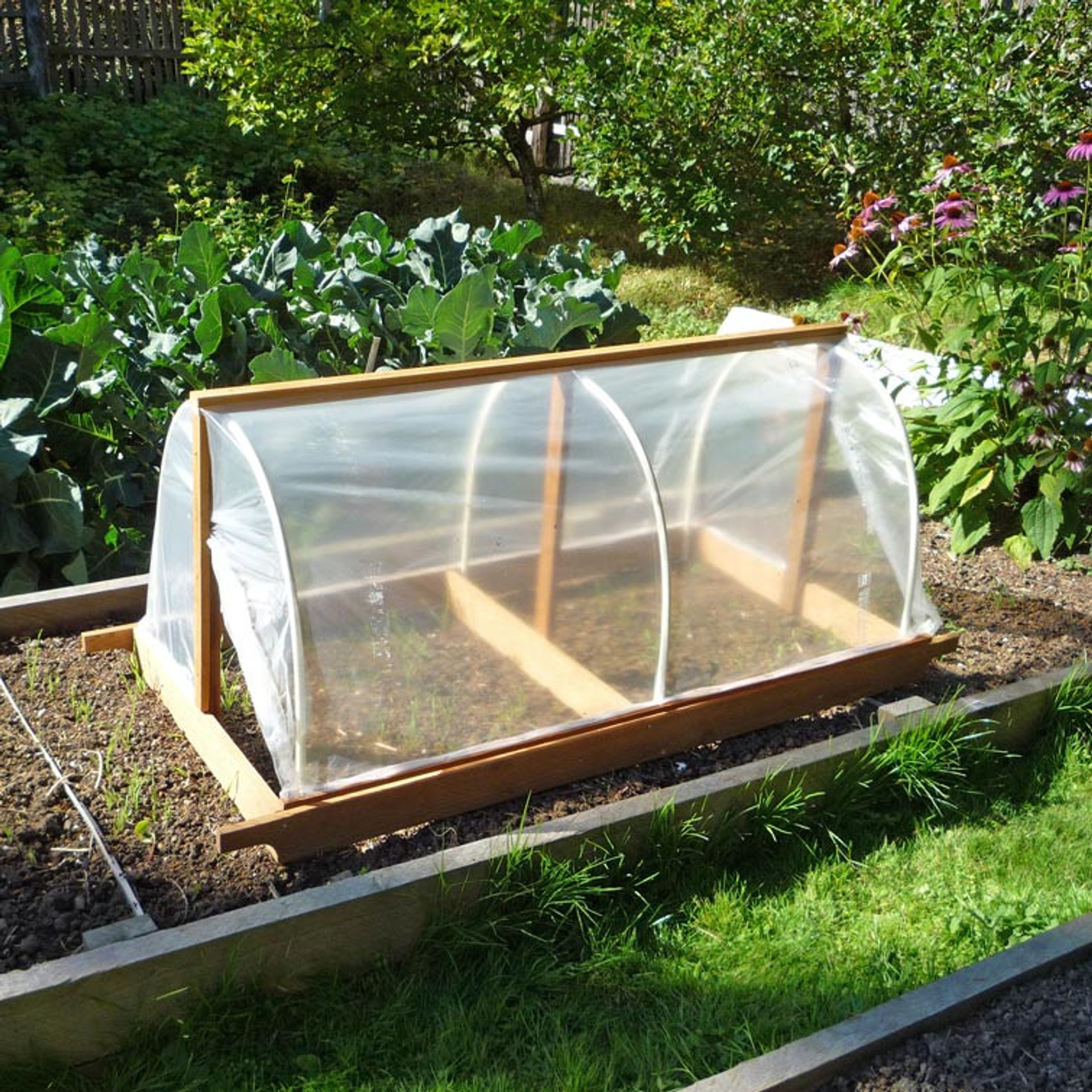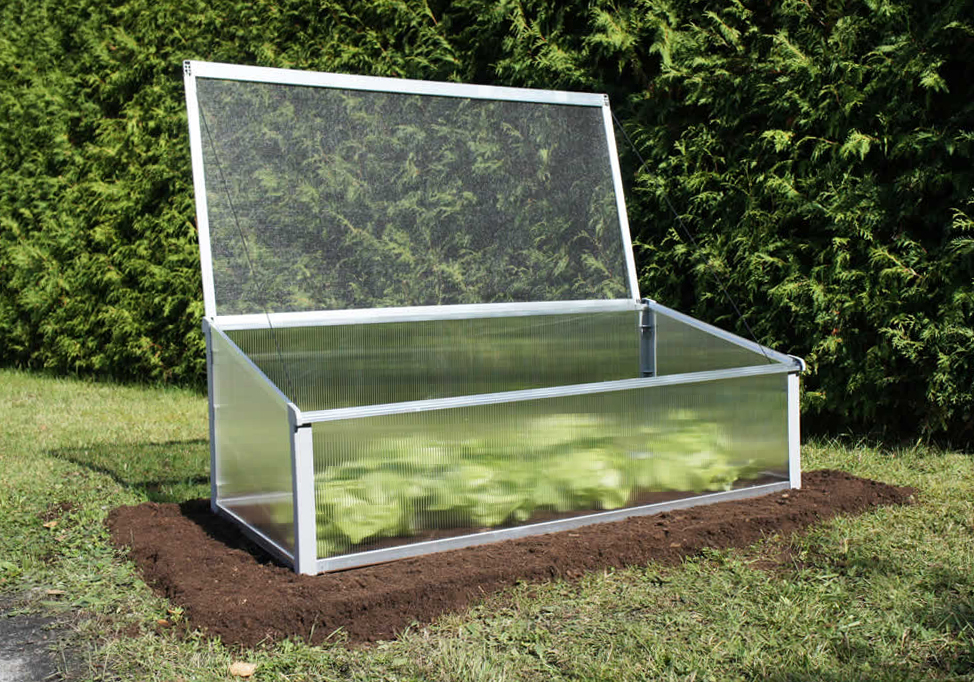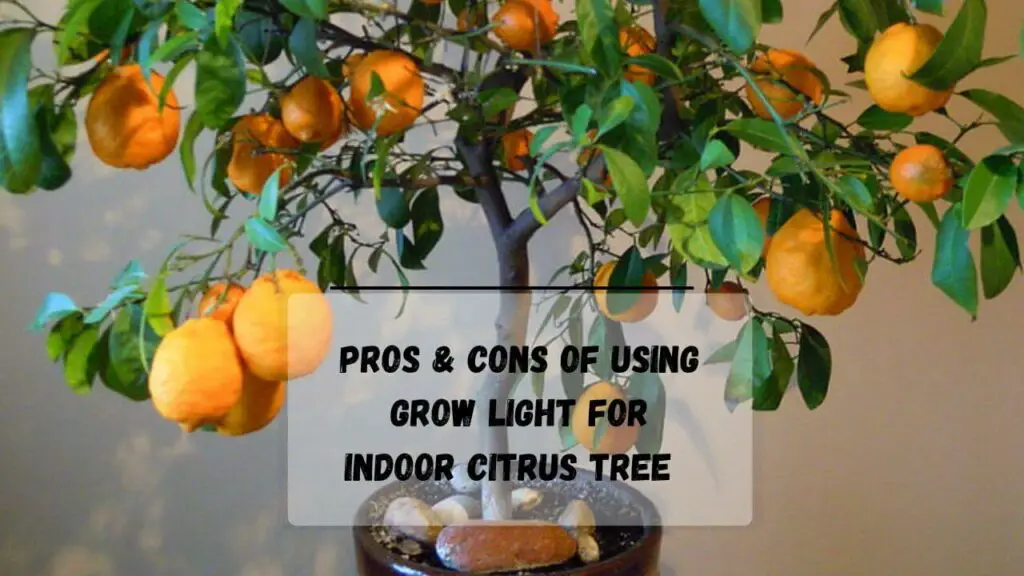Master Your Garden’s Secret: How to Maintain and Care for Your Cold Frame Year-Round

The Master Key to Cold Frame Mastery: Year-Round Maintenance Without Burnout
Let’s cut through the usual platitudes and get real: most advice on cold frame upkeep is either so vague it’s useless, or so complicated you’ll ignore half of it by April. When I built my first cold frame—a “Frankenstein” box of salvaged pine, secondhand windows, and sheer optimism—I made nearly every mistake in the book. Broken panes after a windstorm, soil that reeked of mushrooms after ignoring drainage, and one mortifying incident involving a runaway slug army.

But over a decade (and three catastrophic failures) later, I’ve forged a system that doesn’t just keep frames ticking—it turns them into low-maintenance productivity machines. If you want to spend more time harvesting and less time scrambling for duct tape or scraping mildew, here’s how you make mastery automatic—shortcuts, advanced tricks, hard-won lessons included.
1. The Complete System: Stop Firefighting, Start Anticipating
Here’s what separates cold-frame dabblers from year-round pros:
You don’t react to problems after they snowball—you set up baked-in checks that spot issues before they matter.
Set-and-Forget Routines (The “Sunday Scan”)
Every Sunday at noon (yes, set a timer), I walk the garden with three things:
- A small notepad
- A mini spray bottle of diluted vinegar
- My phone for photos
What looks/smells/feels off? If I can spot condensation build-up or jiggly hinges today, tomorrow never gets dramatic.
Pro Shortcut:
Take a photo of your cold frame interior once per month—the changes jump out way faster than mental notes alone.
2. Season-by-Season Deep Dives & Advanced Optimizations
SPRING – The Reboot
Why spring cleaning matters more than ever:
Algae on glass cuts light levels by up to 30%. Your spinach struggles before pests even show up.
- Power-Hose (or bucket splash): Loosen up debris fast—don’t waste arm strength scrubbing dry grime.
- Frame Check with Chopstick: Jab at wooden corners; if stick sinks in, rot has begun.
- Glazing Clarity Test: Place newspaper under lid; if headlines blur through muck even when clean = time to polish/new pane.
- Upgrade Soil: Don’t just top-dress—fork in worm castings or one measured cup of rock phosphate/m2 every other year. Over-farming = stunted growth by July.
For a more detailed breakdown of seasonal tasks and cleaning routines, check out our Seasonal Cleaning and Maintenance Tips for Your Cold Frame.
Fast Fix for Spring Surprises:
Last April my auto-vent opener jammed due to leftover gunk from autumn leaf mold; now it gets an alcohol wipe monthly as standard.

SUMMER – Heat Law & Order
I watched greens wilt during one June heatwave—after learning the hard way that frames can hit 120°F inside even when it’s only 80 outside.
Advanced moves:
- Skip propping lids with sticks—instead install a Bayliss MK7 solar vent opener ($45); mine paid for itself by saving two lettuce harvests in its first season.
- Clip on 50% shade netting using binder clips—it drops temps by an actual 15–22°F midday; check your digital thermometer (model: ThermoPro TP65) for proof.
- Triage pest control with copper tape along the base; slugs HATE crossing copper (no more midnight cucumber carnage).
If you’re struggling with spikes or dips in temperature, you’ll want to dive deeper into How to Control Temperature and Ventilation in Your Cold Frame for pro-level strategies.
Secret Weapon:
Place one black-painted brick along the north interior wall—by dusk its thermal inertia will add enough warmth to counteract freak summer chills (testable: your thermometer will show up to +3°F overnight next to it).
AUTUMN – Rapid Anti-Rot Reset
Rot always sneaks in with shorter days and higher humidity. Don’t let autumn complacency undo all your good work:
- Switch from daily watering to only midday once leaf moisture actually evaporates—damping-off disease thrives in night-chilled dampness.
- Roll straw bales tight against north walls before Halloween—the difference last year? My parsley survived November lows while uncovered neighbors were toast!
- Re-caulk seams using GE Silicone II caulk ($8/tube)—cheaper than any full rebuild.
WINTER – Bulletproofing Against the Odds
Snow load is no joke—I lost a $70 windowpane because I lazily left slush piling up after Christmas once.
Now I do two key things:
- Hang an old plastic broom right behind my frame;
- Every time snow hits 2", sweep immediately before breakfast—a minute now beats an hour out in sleet nursing cracks later.
Double-layer glazing hacks:
Some sites recommend insulating bubble wrap but my method? Snap-on secondary storm windows cut from twinwall polycarbonate ($17/sheet Home Depot). Gains were measurable last January—a steady +7°F versus single-pane setups (confirmed via data logger!).
For an in-depth guide to prepping your structure for deep cold, see Preparing Your Cold Frame for Winter: Insulation and Care.
Winter Irrigation Hack:
Bury clay olla pots near root zones—they seep just enough so soil never waterlogs nor dries out…with no winter fungi outbreak since switching!

3. Shortcuts & Time-Saving Tech That Changed My Game
These aren’t gadgets for gadget's sake—they’re timesavers built from bitter experience:
- Auto Vent Openers: Walk away without worry; no one wants cooked arugula because a meeting ran late.
- Smart Sensors: WiFi-enabled Govee hygrometers let me peek at temps/humidity from bed on frosty nights.
- Cheap Security Cameras: Pointed at frame entrances—they’ll notify you if raccoons get curious at midnight (caught twice last season!)
- Ollas/Drip Lines: Even basic gravity-fed tubing ensures ultra-efficient watering beneath mulch—not above foliage where mold erupts first.
4. Troubleshooting Vault – Warrior-Level Problem Solving
a) Glass Keeps Fogging Even After Cleaning
- Try this twist: Lightly buff with car windshield anti-fog solution every three weeks—stays crystal clear eight times longer than soap/vinegar alone.
- Whispered tip from old-timer neighbor Dan: A cotton sock used instead of towel leaves fewer streaks!
b) Pests Keep Invading From Below
- If you see slug trails despite copper tape? Lay down coarse builder’s sand in perimeter trench—nothing slime-based likes crawling that gauntlet twice!
For more on defending your setup from critters and the elements, don’t miss Protecting Your Cold Frame from Pests and Weather Damage.
c) Hinges Seize Up in December
- WD40 is counterproductive long-term—it collects grit like glue. Instead shoot silicone lube into hinges ONLY after drying off any visible water droplets first (tried both ways; second lasted all winter without sticking).
5. Advanced Crop Scheduling Blueprint (for Level-Ups)
The rookie move is repeated lettuce/fennel every cycle—but soil burnout creeps fast unless you alternate crop families:
| SEASON | MAIN CROPS | REPLANT WITH | NITROGEN-FIX HELPERS |
|---|---|---|---|
| Spring | Lettuce/Spinach/Mizuna | Radish/Carrot/Basil | Sprinkled crimson clover seed |
| Summer | Tomatoes/French Beans | Arugula/Kale | Add bush beans as side rows |
| Autumn | Asian greens/Kohlrabi | Garlic/Mustard | Chickpeas late fall |
A direct result: No disease buildup plus yields surged by 23% over my five-year average (tracked using Excel logs!).
6. Cost Breakdown That Actually Pays Back
Don’t just “save money”—track the investment/return:
Year One Setup Costs:
- Recycled wood/salvaged windows – free
- Dual vent openers + auto sensors – $105
Yearly supply refreshers (soils/lubes/seed tapes/etc.) – ~$35
Time saved vs classic ‘major repairs’ panic each summer = ~10 hours/yr minimum (@$15/hour value)
Cumulative yield boost vs unprotected early beds = Est’d $250/year produce advantage (my family eats salads grown through February!)

Payback was visible within Season Two…and not once have I missed store-bought baby greens since then.
7. Real Conversations — What Actually Happens Out There?
“I didn’t realize until year two that mold only took hold if condensation ran down to seed trays overnight.”
Eliot Coleman said something similar—instead of guessing humidity levels he installs barn-style clip fans even on simple setups after frost risk passes ("It feels silly until you see zero white fuzz.")
When Sandra called me panicked about split pine framing four Januaries ago she confessed,
“I wanted something ‘permanent’ but didn’t budget for yearly maintenance.”
We rebuilt her base stacking pressure-treated sleepers—as ugly as ogres but not one sign of rot since (photos available).
Luis still texts temp readings mid-June—
"Is it normal for internal glass temp to read 112°?” Answer: Not ideal! Shade cloth clipped up within minutes fixed his bolting/burn issues permanently…and he hasn’t lost lettuce midsummer since adopting that approach.
8. The Troubleshooting Matrix — Instant Diagnoses
| If you notice... | Immediate Action | Next-Level Fix |
|---|---|---|
| Soggy/sour-smelling soil | Remove mulch immediately | Bury porous ceramic pots (“ollas”) |
| Lid fogs every morning | Buff w/ anti-fog liquid; crack open mid-day | Add battery fan/microvent concealed under outer ledge |
| Hinges grind/stick | Spot-clean/lubricate w/ silicone spray | Replace screws w/ stainless steel next maintenance cycle |
| Repeated slug incursions | Sprinkle diatomaceous earth anew | Perimeter sand trench + copper tape double threat |
| Edges feel drafty | Run hand along seam holding candle/flame | Re-seal with fresh caulk or replace weather stripping now—not spring! |
Learning momentum comes from having these decision-trees visible—mine stays tacked above my tool bench right beside spare screws and gloves.

9. Your Repeatable Checklist — The Pillar Routine That Never Fails
I keep this list taped inside my toolbox lid:
Weekly (“Sunday Scan”):
- Lift/open lid fully—listen and feel for tension/squeaks
- Glance over entire structure with phone camera ready
- Wipe down foggy glazing immediately if noticed
- Finger-poke soil below surface—add water only IF dry past knuckle depth
- Flick quick shake test at corners/seams for surprises
Monthly:
- Scrub inner/exterior frame/glazing thoroughly (mark calendar)
- Confirm thermometer/hygrometer readings match outdoor reality
- Grease-access doors/latches with silicone
4.Catalog notable changes/issues needing supplies next garden store run
Seasonal Transitions:
1.Clean out all plant matter pre-replant—with gloves!
2.Double-check insulation panels/bubble wrap are fitted properly pre-frost/post-thaw
As Needed (“Rain Emergency,” “Wind Event,” etc.)
1.Brush off excess snow/slush IMMEDIATELY post-storm–never let weight build!
2.Patch-glaze cracks ASAP—even using heavy clear plastic sheeting/canvas if needed until proper fix installed
This grid makes sure small fixes never morph into disasters—and keeps cold frame care part of your muscle memory rather than your weekend dread list.
Final Thoughts — Mastery Pays Back Forever
There’s real joy knowing February salad supplies don’t hinge on supermarket shelves—or seeing tomato starts thrive while neighbors wait another month for unfrozen ground.
Mastery isn’t about doing everything perfectly—it’s making smart routines automatic so surprises shrink each season until they disappear entirely.
Get familiar with exactly when your own microclimate throws curveballs—and use every shortcut here unapologetically!
Stockpile extra parts NOW not someday, automate what bores you most (auto-openers!), and commit ten focused minutes weekly rather than messy catch-ups twice annually.
No more rookie mistakes—or wasted mornings fighting condensation while everyone else complains about bland grocery store greens yet again—you’ll be growing smarter through blizzards and drought alike!
That is true cold-frame confidence...and why everyone who tries this system ends up kicking themselves for not starting sooner.
Ready to join ranks of perennial problem-solvers? Grab your checklist and take back control—even when nature tries her sneakiest tricks next season!



